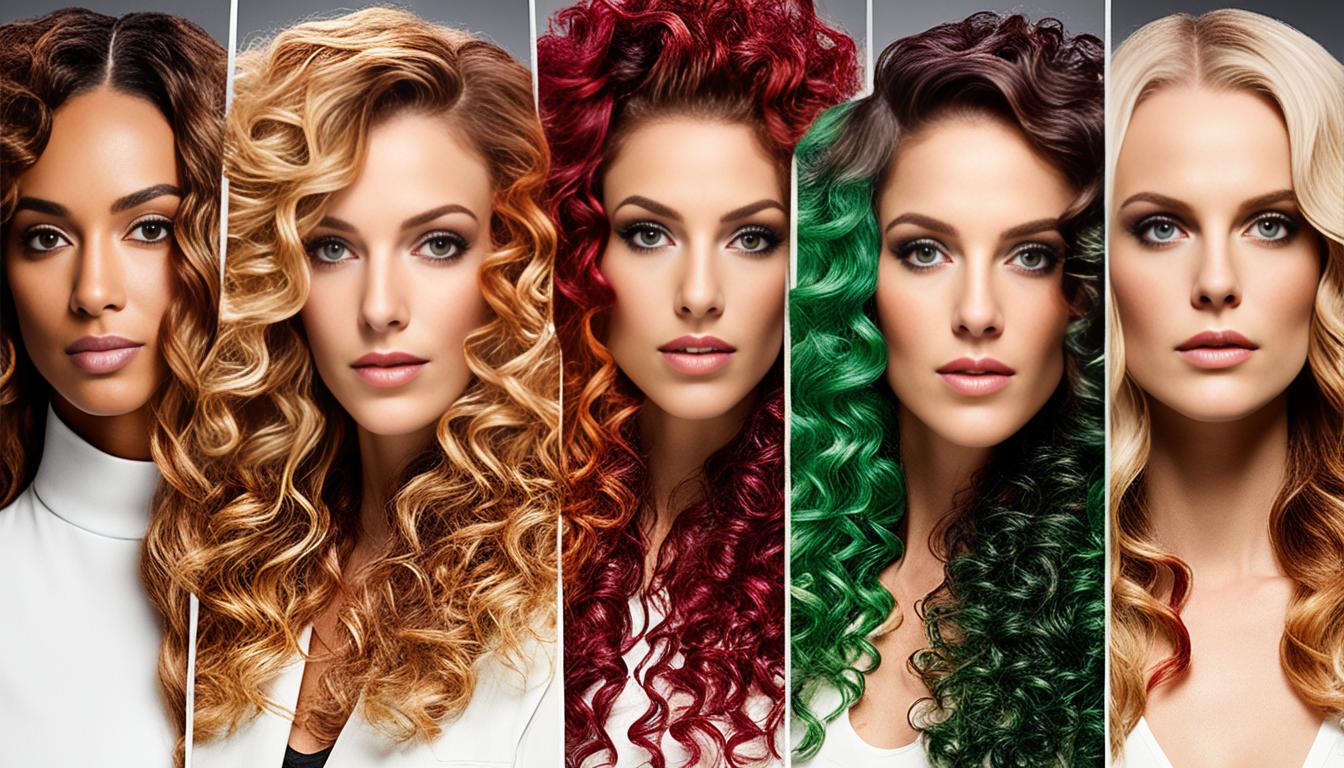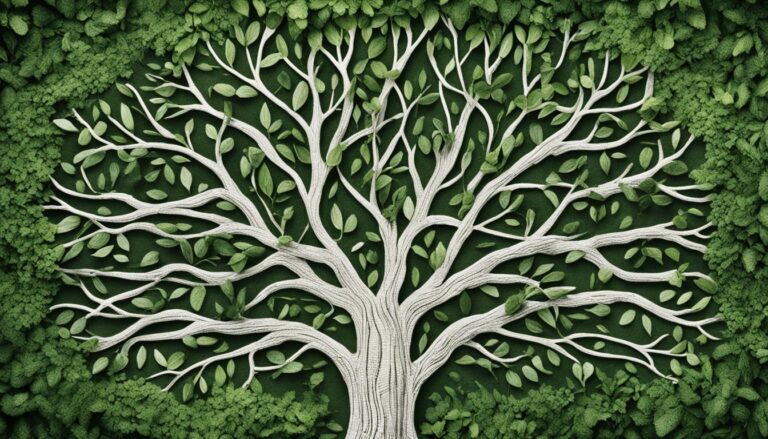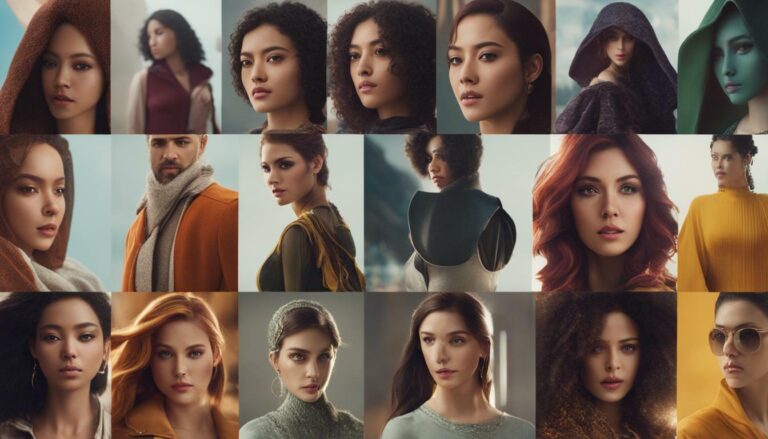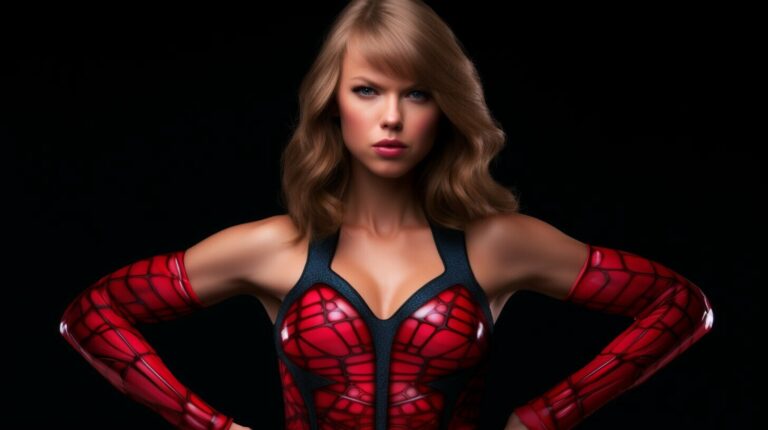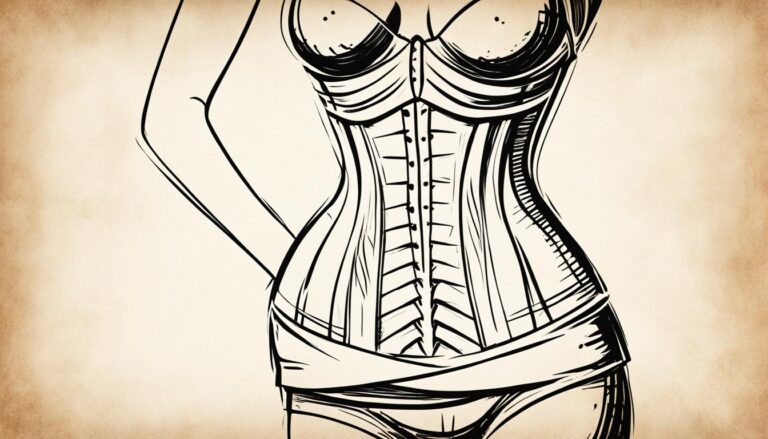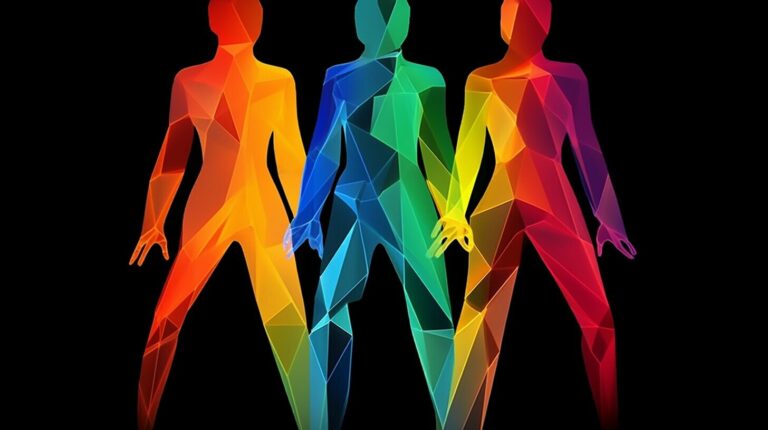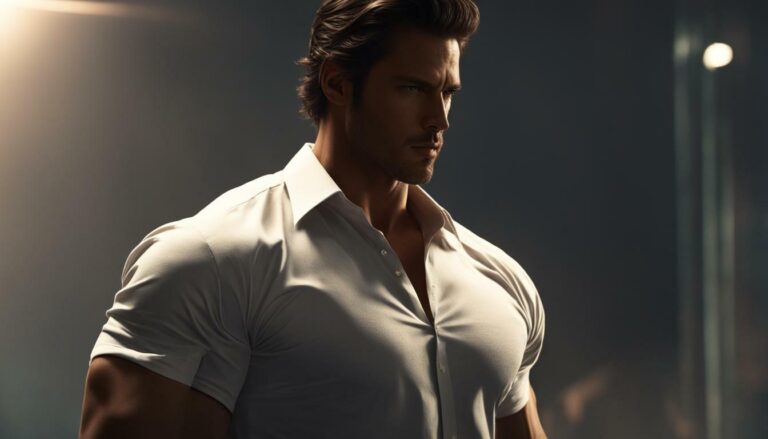What is the Prettiest Hair Texture?
The social significance of physical appearance and beauty has been documented in many studies. It is known that even subtle manipulations of facial morphology and skin condition can alter people’s perception of a person’s age, health, and attractiveness. While the variation in facial morphology and skin condition cues has been studied quite extensively, comparably little is known on the effect of hair on social perception. This has been partly caused by the technical difficulty of creating appropriate stimuli for investigations of people’s response to systematic variation of certain hair characteristics, such as color and style, while keeping other features constant. Here, we present a modeling approach to the investigation of human hair perception using computer-generated, virtual (rendered) human hair. In three experiments, we manipulated hair diameter (Experiment 1), hair density (Experiment 2), and hair style (Experiment 3) of human (female) head hair and studied perceptions of age, health, and attractiveness. Our results show that even subtle changes in these features have an impact on hair perception. We discuss our findings with reference to previous studies on condition-dependent quality cues in women that influence human social perception, thereby suggesting that hair is a salient feature of human physical appearance, which contributes to the perception of beauty.
Key Takeaways:
- Hair texture plays a significant role in social perception of age, health, and attractiveness.
- Even subtle changes in hair diameter, density, and style can impact hair perception.
- Hair is a salient feature of human physical appearance and contributes to the perception of beauty.
- Understanding the effects of hair characteristics can enhance our understanding of human social perception.
- Further research can uncover more insights into the role of hair in social interactions and beauty perception.
Different Hair Types
There are various types of hair textures that individuals can have. Understanding your hair type can help you choose the right products and styling techniques to enhance its natural beauty. Here are some of the different hair types:
- Straight hair: Straight hair has a smooth texture with no natural curls or waves. It is known for its sleek appearance and is often easy to manage.
- Wavy hair: Wavy hair falls between straight and curly, forming loose S-shaped waves. It offers a balance between texture and manageability.
- Curly hair: Curly hair forms well-defined curls or coils. It can range from loose curls to tight ringlets, adding volume and texture to the hair.
- Coily hair: Coily hair has tightly coiled or spring-like curls. It is often referred to as “kinky” hair and requires careful moisture and maintenance.
- Fine hair: Fine hair refers to individual strands that have a smaller diameter. It can appear delicate and may require volumizing products to add fullness.
- Thick hair: Thick hair is characterized by a high volume of individual strands. It can be dense and is often associated with a luxurious and abundant look.
- Long hair: Long hair is admired for its length and versatility. It can be styled in various ways and offers more options for experimentation.
- Short hair: Short hair is known for its chic and modern appeal. It can give a bold and confident look while requiring less maintenance.
- Layered hair: Layered hair features different lengths throughout the hair, creating depth and dimension. It can add movement and texture to any hair type.
- Colored hair: Colored hair allows for creative expression and personalization. It can be a way to showcase your unique style and personality.
What Makes a Hair Type Attractive?
When it comes to attractive hair types, there are certain characteristics that tend to stand out and catch the eye. These features contribute to the overall appeal and desirability of a hair type, making it visually pleasing and attractive.
Shine and Luster
One of the key aspects of attractive hair is its shine and luster. Hair that appears glossy and radiant gives off a healthy and vibrant look. It reflects light beautifully, enhancing its overall appearance.
Texture and Volume
The texture and volume of hair also play a significant role in attractiveness. Different hair types have their unique textures, from silky smoothness to bouncy curls and everything in between. Hair with texture and volume adds visual appeal and movement, giving it a dynamic and attractive look.
Manageability and Styling Options
An attractive hair type is one that is easy to manage and offers a range of styling options. Hair that can be effortlessly styled into different looks allows for versatility and personal expression. Whether it’s an elegant updo, beachy waves, or a sleek straight look, the ability to transform and style the hair enhances its attractiveness.
Personal Expression
Personal expression is a crucial aspect of attractiveness when it comes to hair types. Different hair types allow individuals to showcase their unique style, personality, and creativity. Through choices of color, length, and cut, each person can express their individuality and personalize their look.
By combining these attractive hair characteristics, such as shine and luster, texture and volume, manageability and styling options, and personal expression, individuals can achieve the desired look that enhances their natural beauty and boosts their self-confidence.
Preferences for Attractive Hair Types
When it comes to defining attractive hair types, personal preferences vary among individuals. A University of Tampa poll revealed interesting insights into the diverse nature of these preferences. According to the poll, wavy hair was considered the most attractive hair type by 63% of respondents. Straight hair, known for its smooth texture, was favored by 19% of participants. Curly hair and coily hair, with their unique and defined curls, were considered the most attractive by 10% and 5% of respondents, respectively.
Interestingly, some participants mentioned other hair types as their personal favorites. Fine hair, characterized by individual strands with a smaller diameter, and layered hair, which adds depth and dimension, were highlighted as attractive choices by a few individuals.
This University of Tampa poll showcases the subjective nature of preferences for attractive hair types. Beauty truly lies in the eye of the beholder, and what one person finds appealing may differ from another’s taste. It is important to embrace the diverse range of hair types and celebrate individual uniqueness.
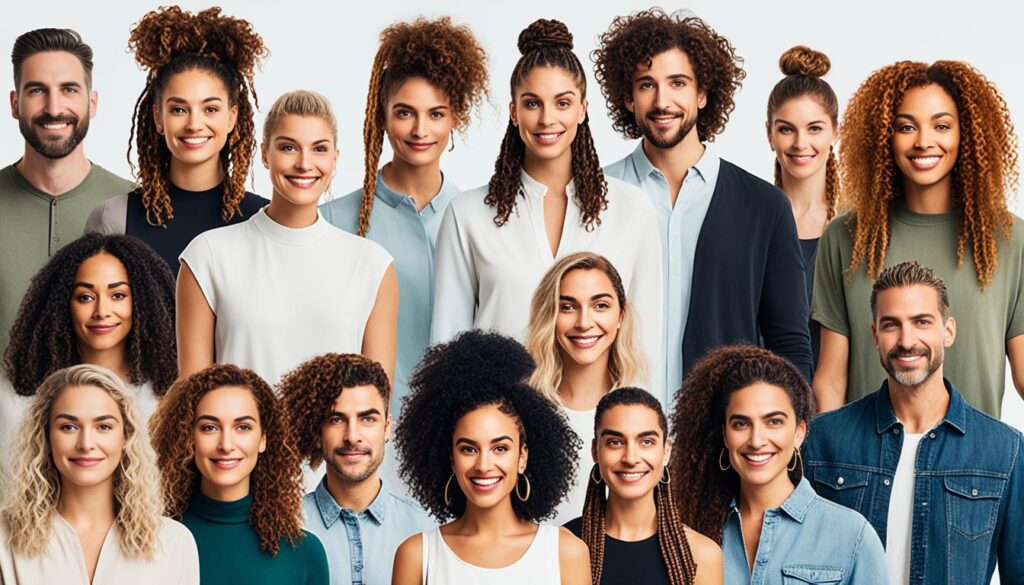
How Individual Preferences Shape Attractiveness
When it comes to determining what is considered attractive, individual preferences play a significant role. Hair types for men and women can vary based on personal tastes and aesthetics.
Curly and wavy hair is often associated with a sense of confidence and a carefree personality. The natural bounce and movement of curls and waves can enhance one’s overall appearance.
On the other hand, straight hair is often perceived as sophisticated and polished. Its sleek and sleek appearance exudes a sense of elegance.
Short haircuts can convey a sense of boldness and edginess. They are often associated with individuals who are confident in showcasing their unique style and personality.
Additionally, hair texture and type can also contribute to attractiveness in different ways. For example, curly hair suggests playfulness and a vibrant personality, while coily hair exudes uniqueness and individuality.
It is important to note that attractiveness is subjective and can vary from person to person. What may be considered attractive to one individual may not be the same for another. The key is to embrace and celebrate individual preferences when it comes to hair types and styles, recognizing that beauty comes in many forms.
By appreciating and embracing the diverse range of hair types, we create a more inclusive and accepting beauty culture. Whether you have curly, straight, or short hair, embracing your unique hair type is a bold statement of self-expression and confidence.
Embracing Hair Type Diversity
In today’s beauty culture, it’s essential to embrace the diversity of hair types and recognize the beauty in all textures. Each hair type has its own unique charm and can be appreciated for its individuality. By celebrating all hair types, we foster inclusivity in the beauty culture and promote a positive body image.
Beauty is subjective, and there is no one-size-fits-all definition of attractiveness. Embracing diversity allows us to break free from societal beauty norms and embrace the beauty in uniqueness. Whether your hair is straight, wavy, curly, or coily, it is important to embrace and love your natural hair texture.
Hair is a form of self-expression, and every individual deserves to feel beautiful and confident in their unique hair type. Embracing hair type diversity is not only about accepting others, but also about accepting yourself and understanding that your natural hair texture is beautiful and worthy of celebration.
Promoting Inclusivity and Acceptance
By embracing all hair types, we take a step towards creating a more inclusive and accepting society. When we appreciate and respect the diversity of hair types, we create an environment where everyone feels valued and represented.
This inclusivity extends beyond individual beauty—it infiltrates fashion, media, and advertising, showing that beauty comes in all forms and is not limited to a specific hair texture or style. The beauty industry plays a crucial role in promoting inclusive narratives and ensuring that every individual has access to products and resources that cater to their specific hair needs.
Uplifting and Inspiring Others
By embracing your natural hair texture, you become a beacon of inspiration for others who may be struggling with accepting their own unique hair type. Your confidence and self-love can inspire others to embrace their natural beauty and celebrate their own hair journeys.
When we uplift and celebrate one another’s hair types, we create a sense of community and empowerment. Together, we can break free from societal beauty standards and redefine what it truly means to be beautiful.
| Hair Type | Definition |
|---|---|
| Straight Hair | Smooth texture; lacks natural curls or waves |
| Wavy Hair | Falls between straight and curly, forming loose S-shaped waves |
| Curly Hair | Forms well-defined curls or coils |
| Coily Hair | Tightly coiled or spring-like curls |
Embracing hair type diversity is about more than just accepting different textures—it’s about recognizing the inherent beauty in each person’s hair journey. Let’s celebrate the uniqueness of our hair types and create a beauty culture that embraces and uplifts all.
Tips for Enhancing Your Natural Hair Texture
Enhancing your natural hair texture starts with embracing your hair type and working with its unique characteristics. By understanding and celebrating the beauty of your hair, you can enhance its natural qualities and achieve a stunning look.
Embrace Your Hair Type
Every individual has a unique hair type, whether it’s straight, wavy, curly, or coily. Instead of trying to change your hair type, embrace and appreciate its natural texture. Recognize the beauty in its uniqueness and understand that different hair types have their own charm.
Proper Hair Care
Caring for your natural hair begins with using products specifically formulated for your hair type. Choose shampoos, conditioners, and styling products that cater to your specific needs. Maintaining a healthy scalp is also crucial for enhancing your hair texture. Regularly cleanse your scalp to remove product buildup and promote hair health.
Protect Your Hair
To maintain and enhance your natural hair texture, it’s essential to protect your hair from heat damage. Limit the use of hot styling tools like straighteners and curling irons. When using heat, always apply a heat protectant spray to minimize damage. Additionally, consider using protective styles like braids or buns to shield your hair from external elements.
Experiment with Styling Options
Discovering the right styling options can help enhance your natural hair texture. For wavy or curly hair, try using curl-enhancing products and techniques like plopping or scrunching. If you have fine or thin hair, volumizing products can add fullness and body. Experiment with different hairstyles and techniques that complement your hair type and bring out its natural beauty.
Embrace Your Natural Beauty
Above all, embrace your natural beauty and celebrate the unique qualities of your hair texture. Your hair is a reflection of your identity and personal style. Embracing and enhancing your natural hair texture allows you to express yourself authentically and confidently.
Remember, there is no one-size-fits-all approach when it comes to hair. Each person’s hair is unique, and by understanding, embracing, and caring for your hair type, you can enhance and showcase your natural beauty.
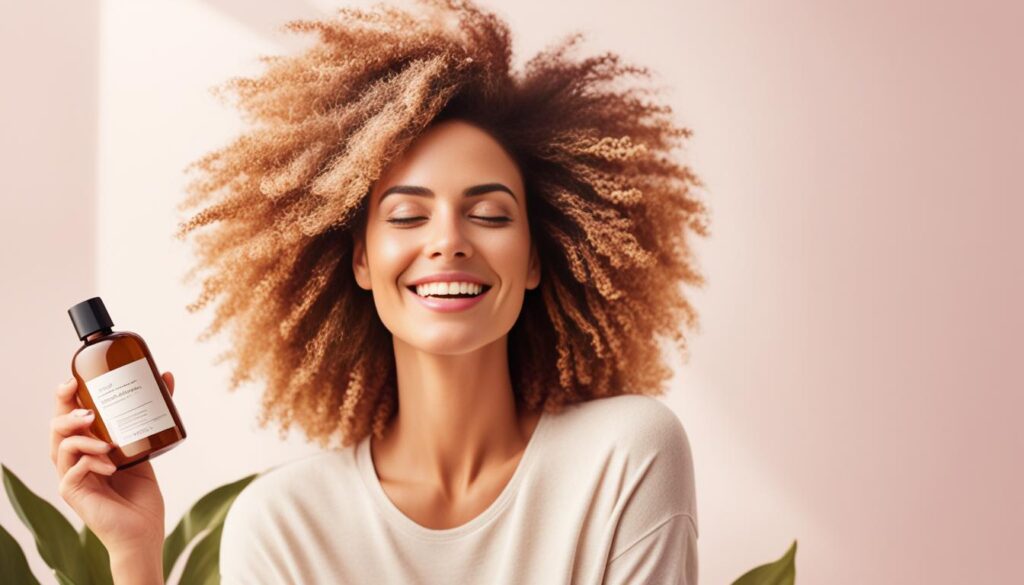
Conclusion
In conclusion, the prettiest hair texture is subjective and varies depending on personal preferences. Different hair types, such as straight, wavy, curly, and coily, each have their unique appeal. Whether you have naturally straight hair that exudes sophistication, luscious wavy locks that embody a carefree spirit, bouncy curls that radiate playfulness, or tightly coiled coils that showcase your uniqueness, embracing your hair type is key to embracing your individual beauty.
When it comes to attractiveness, shine, texture, manageability, and personal expression all play significant roles. The shine and luster of your hair can enhance its overall appeal, while texture and volume add visual interest and movement. Choose hair care and styling products tailored to your specific hair type to ensure manageability and versatility in styling options. Additionally, remember that personal expression is an integral part of attractiveness. You can showcase your unique style by experimenting with different hair colors, lengths, and cuts that embrace your natural beauty.
Embracing hair type diversity is crucial for fostering inclusivity in the beauty culture. There is no one-size-fits-all definition of attractiveness, and celebrating the diversity in hair types allows for a more accepting and inclusive society. Whether you have straight, wavy, curly, or coily hair, short or long locks, it’s important to embrace your natural texture and celebrate your unique beauty. Let your hair be a reflection of your individuality, and let it shine with confidence and pride.
FAQ
What is the prettiest hair texture?
The prettiest hair texture is subjective and varies depending on personal preferences. Different hair types, such as straight, wavy, curly, and coily, each have their unique appeal.
What are the different types of hair textures?
There are various types of hair textures, including straight hair, wavy hair, curly hair, coily hair, fine hair, thick hair, long hair, short hair, layered hair, and colored hair.
What makes a hair type attractive?
Attractive hair types are often characterized by shine and luster, texture and volume, manageability and styling options, and personal expression.
What are the preferences for attractive hair types?
According to a University of Tampa poll, wavy hair was considered the most attractive hair type by 63% of respondents. Straight hair, curly hair, and coily hair also had their admirers.
How do individual preferences shape attractiveness?
Individual preferences play a significant role in determining what is considered attractive. Different hair types can convey different impressions and characteristics.
How can we embrace hair type diversity?
Embracing hair type diversity involves recognizing the beauty in all hair types and celebrating the uniqueness of each individual’s hair.
What are some tips for enhancing your natural hair texture?
To enhance your natural hair texture, embrace your hair type, use hair care products specifically formulated for your hair type, and explore different styling options that enhance your hair’s natural texture.
In conclusion, what should we embrace regarding hair types?
In conclusion, it’s important to embrace hair type diversity and recognize the beauty in all hair types. Each hair type has its own unique charm and can be appreciated for its individuality.
